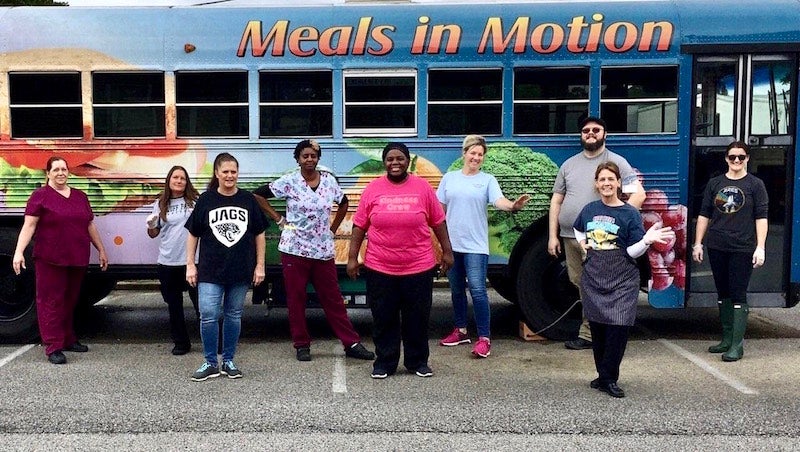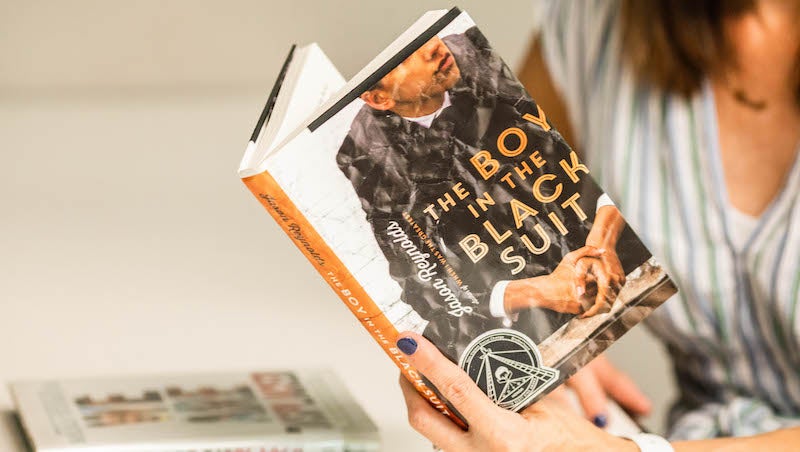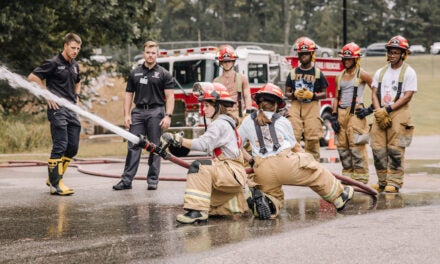There’s no doubt Melinda Bonner cares deeply about the children of Hoover. As Hoover City Schools Child Nutrition Program director, part of her job is to oversee that 14,000 students in Hoover City Schools are fed lunch, but she and her team also ensure children qualified for free and reduced price meals have something to eat not just during the school year but also during the summer and, as of late, in quarantine. We chatted with her about the Summer Feeding Program and how it went into action on the fly when the COVID-19 quarantine began.
Why did the Summer Feeding Program start, and what did it look like in past years?
At the time 25 percent of the enrollment in Hoover City Schools of 14,000 students was approved for free or reduced meals, and we knew there were children out there that needed that support in the summer. For the past two years we have offered meals at the Hoover Library, and they could eat anywhere they wanted to on site because USDA wanted to guarantee the children were getting the food. We also took an old bus being retired and stripped it out and put a cooler on the inside. Everyone is starting to recognize the bus; we call it Meals in Motion. That’s how we transport food from Green Valley Elementary where we prepare it to the library and different apartment complexes.
How did you setup shop to feed kids when school was out of session this spring?
People walked out on March 13 thinking they were coming back, so we gathered as much food as we could from all schools and made one central location at Green Valley. We could get the required components for breakfast and lunch in a gallon Ziploc bag with cereal, fruit, sandwich, chips, baby carrots and a little something special. We already had insulated bags we were using for breakfasts at Green Valley—which has more than 50 percent of students eligible for free and reduced meals— and were already familiar with our summer feeding program, so it was an easier transition. From the day school closed until May 22 we served 17,602 meal bags, so about 35,204 meals.
What moments kept you going in quarantine?
We have an SRO at every location. Those are the SRO those kids recognize, and that kept them connected. They see their lunch room ladies, and the lunch room ladies had that feeling of connection—not just on a Google meet. We started recognizing cars before they even got to us; we knew how many bags they needed. Parents who lost jobs were crying and saying it was so helpful to have food. Other times they were excited to get out of the house and said it was the highlight of the day. We saw a lot of people in pajamas. We got thank you notes from children.
How have others taken on a similar mission to yours?
Hoover Helps has given us funding for our bus. When COVID hit, they packaged up nonperishable items, so students got ready-to-eat food from our team and another bag from Hoover Helps the first week. Then the mayor had employees from the Hoover Rec take vehicles to apartment complexes with food from Hoover Helps. Hoover Helps also worked with our school counselors, and for more severe cases they’d call Publix and order $300 worth of food and had it delivered via Shipt. Grace Klein also had reached out and shared their applications; you can get nonperishables and produce from them.
What does your setup look like this summer?
We started the Tuesday after Memorial Day for Summer Feeding. People drive up to the bus at Simmons Middle School and pick up meals directly from their car window to an emergency window that was outfitted for that purpose. Bumpus and Berry middle schools are serving food this summer too, but we prepare everything at Green Valley and serve there too. Right now we are serving about 500 meals a day.










